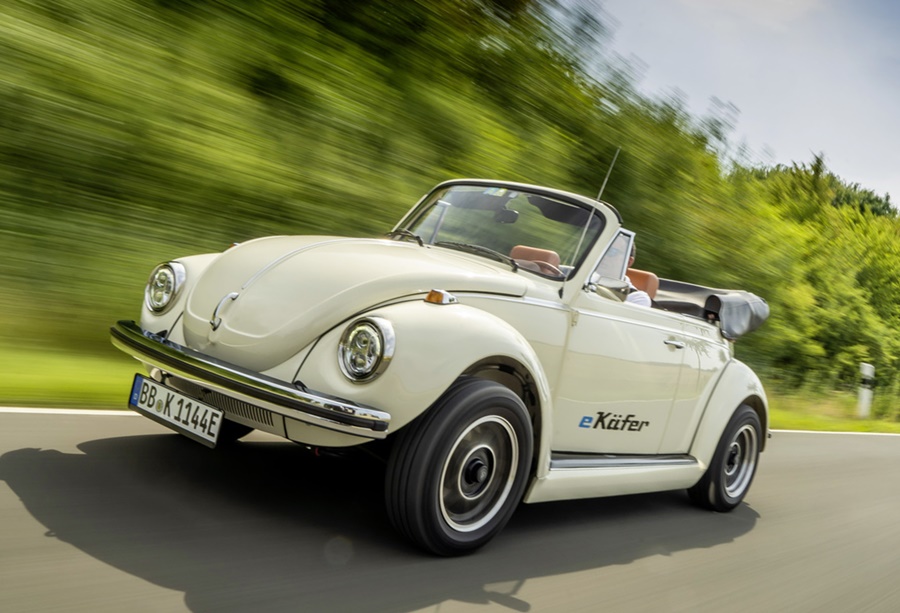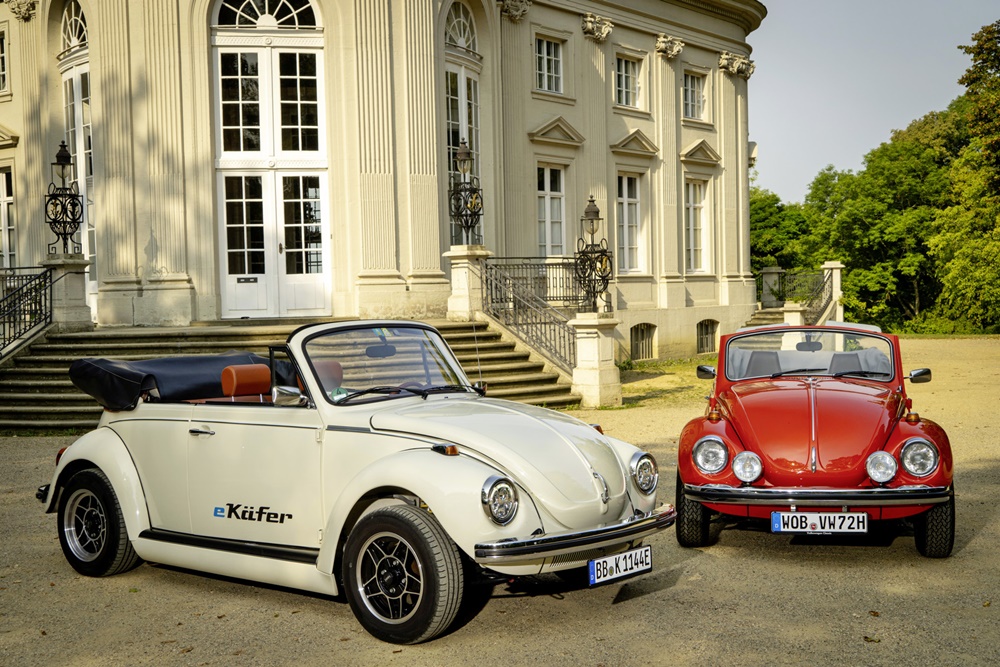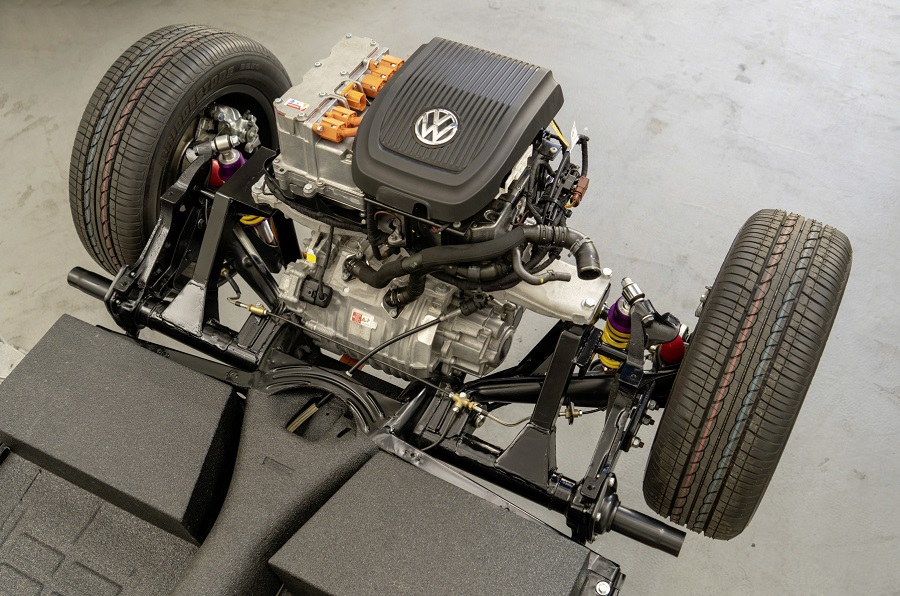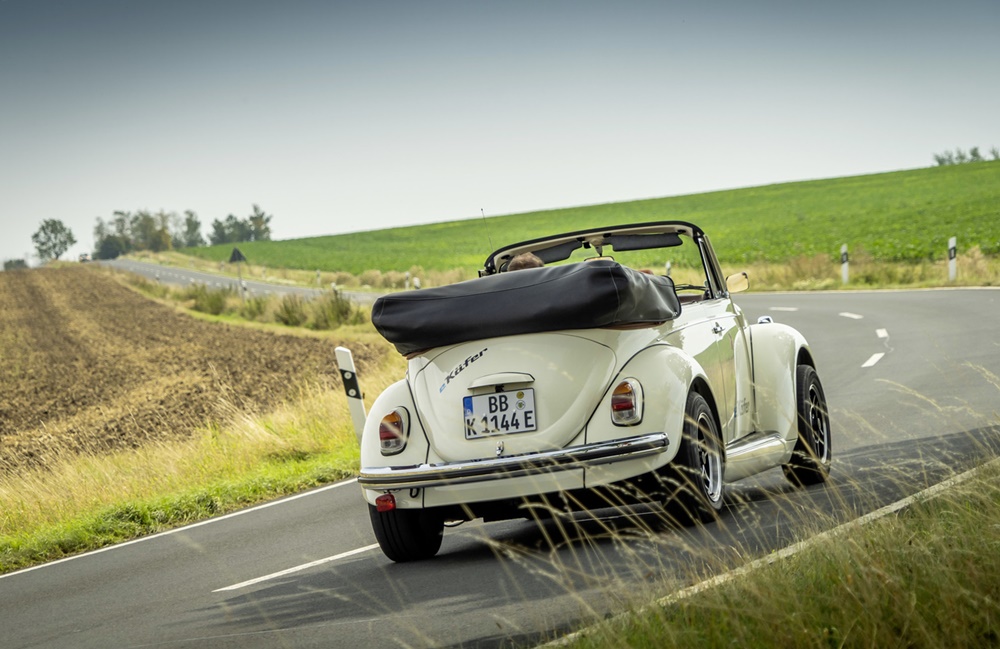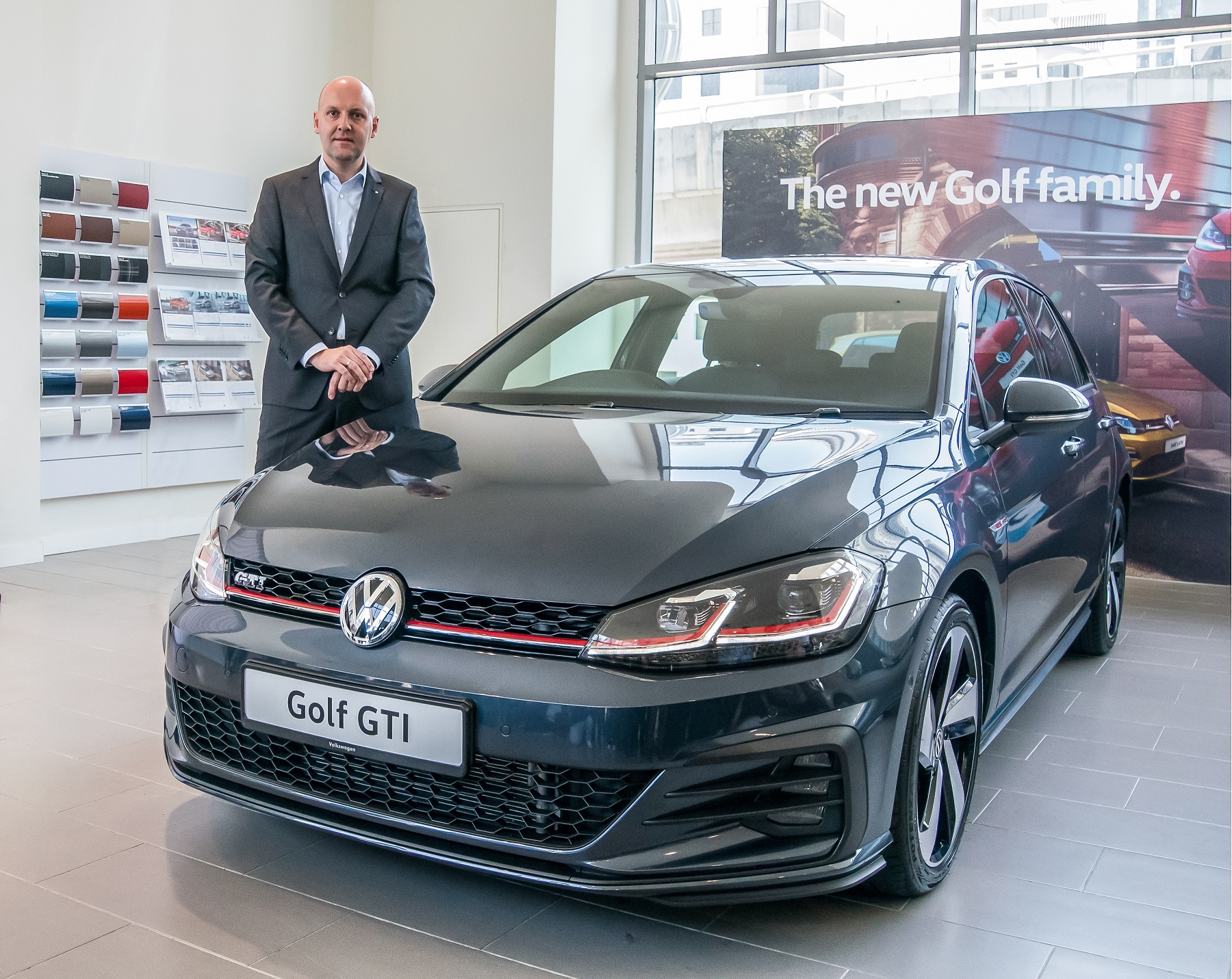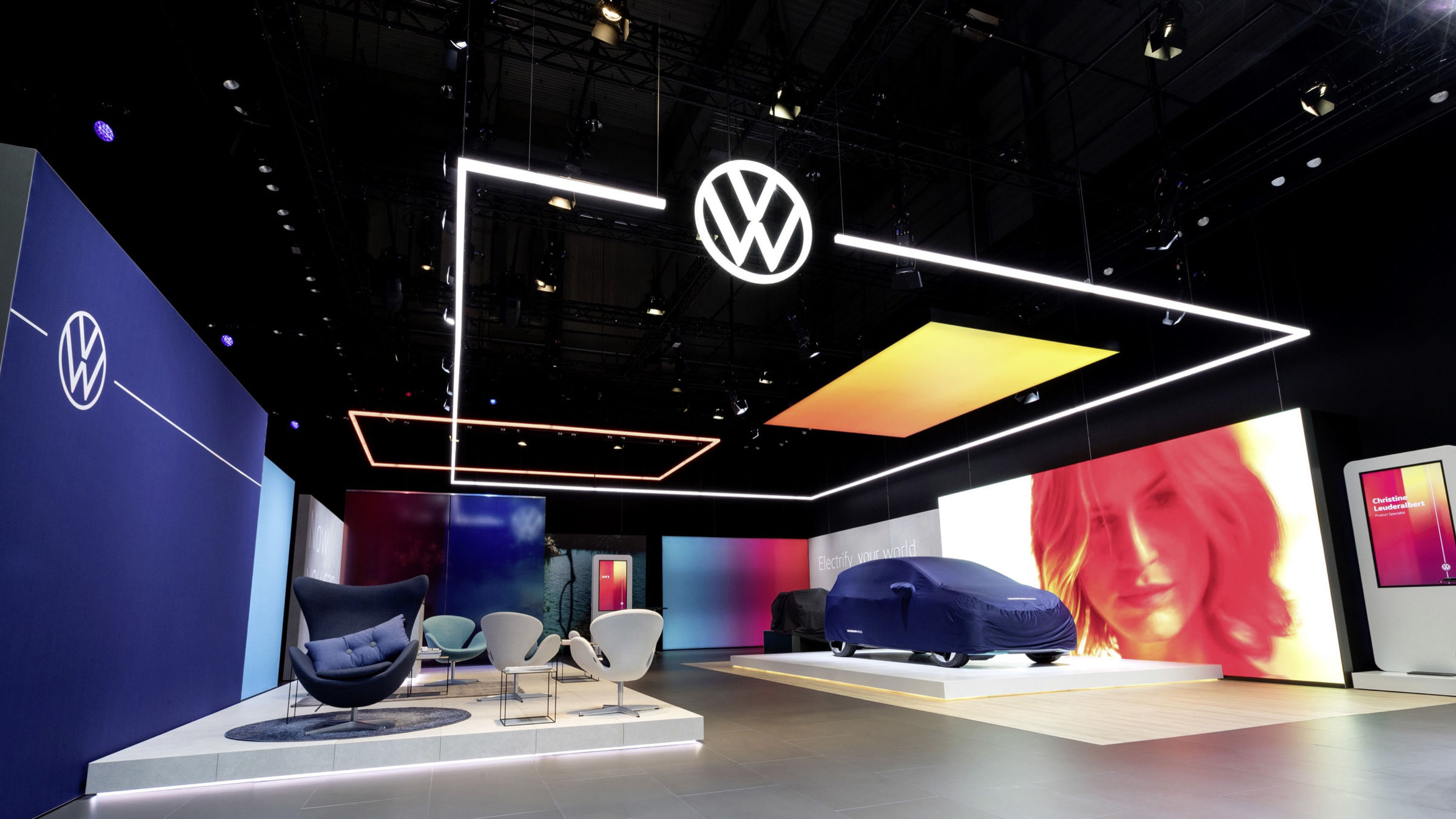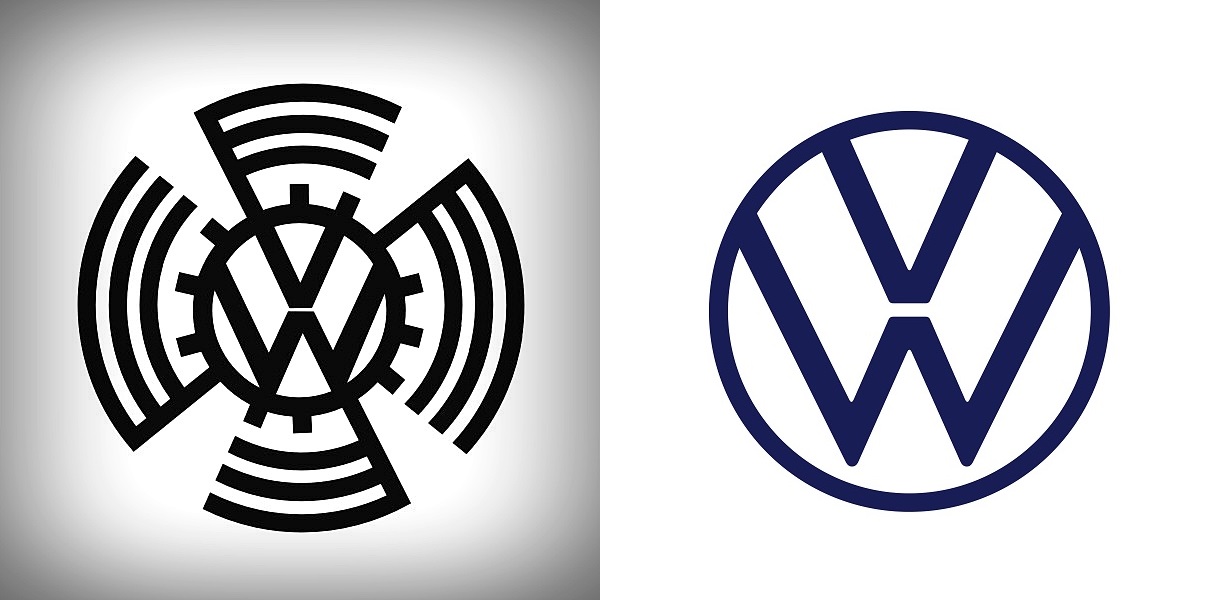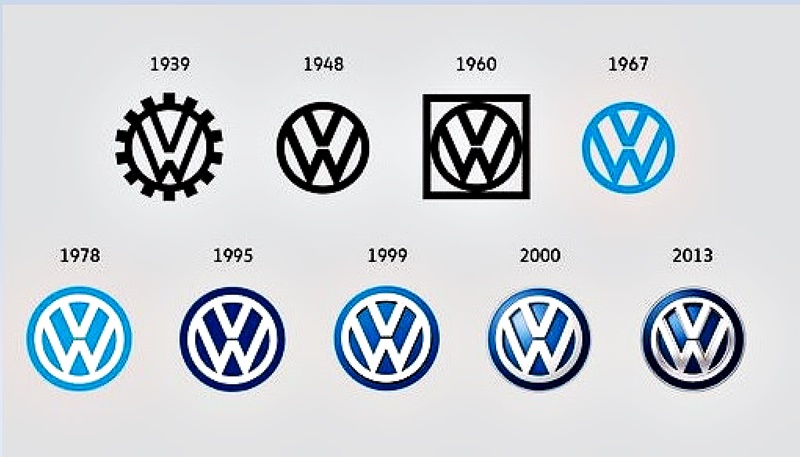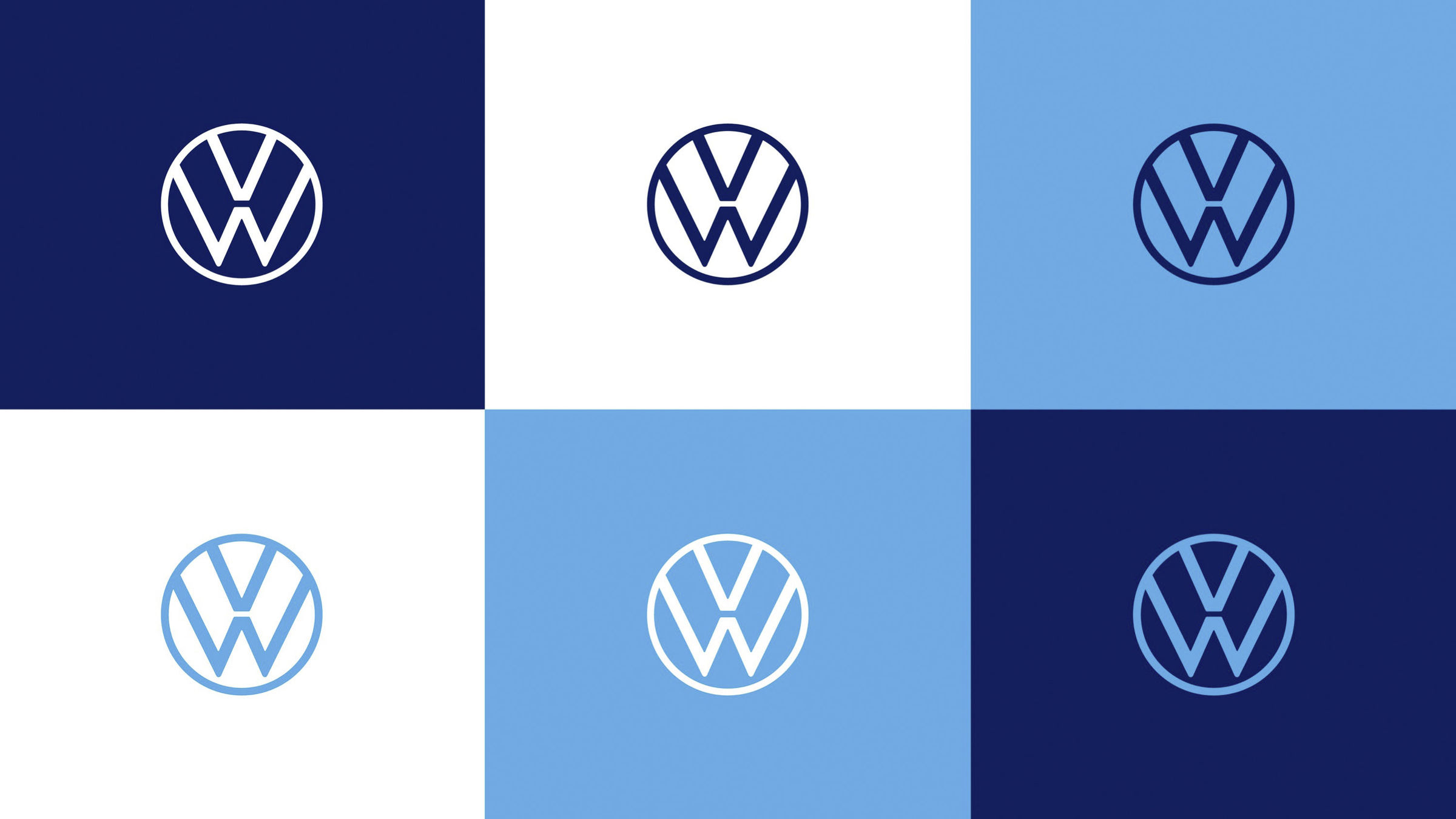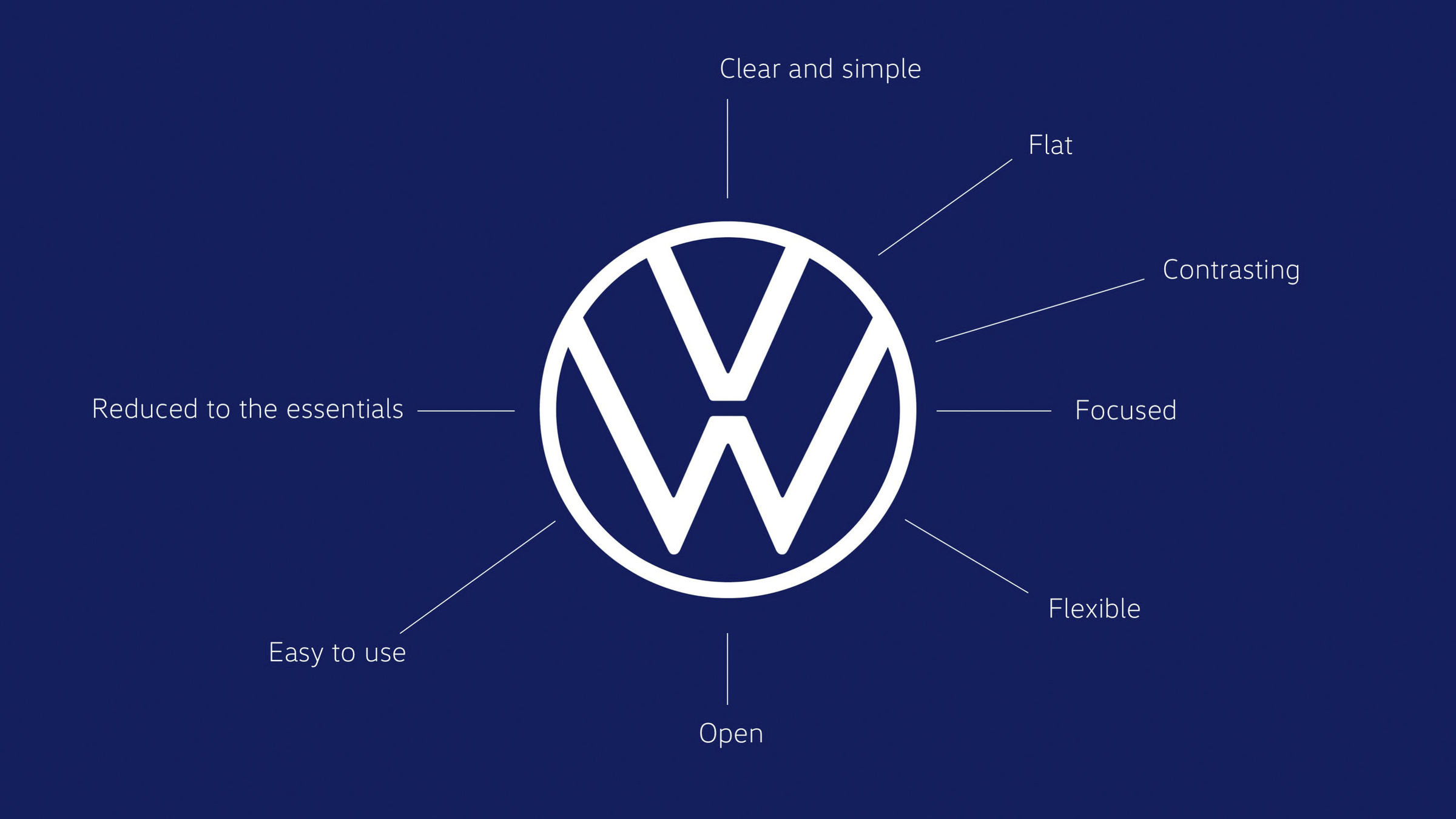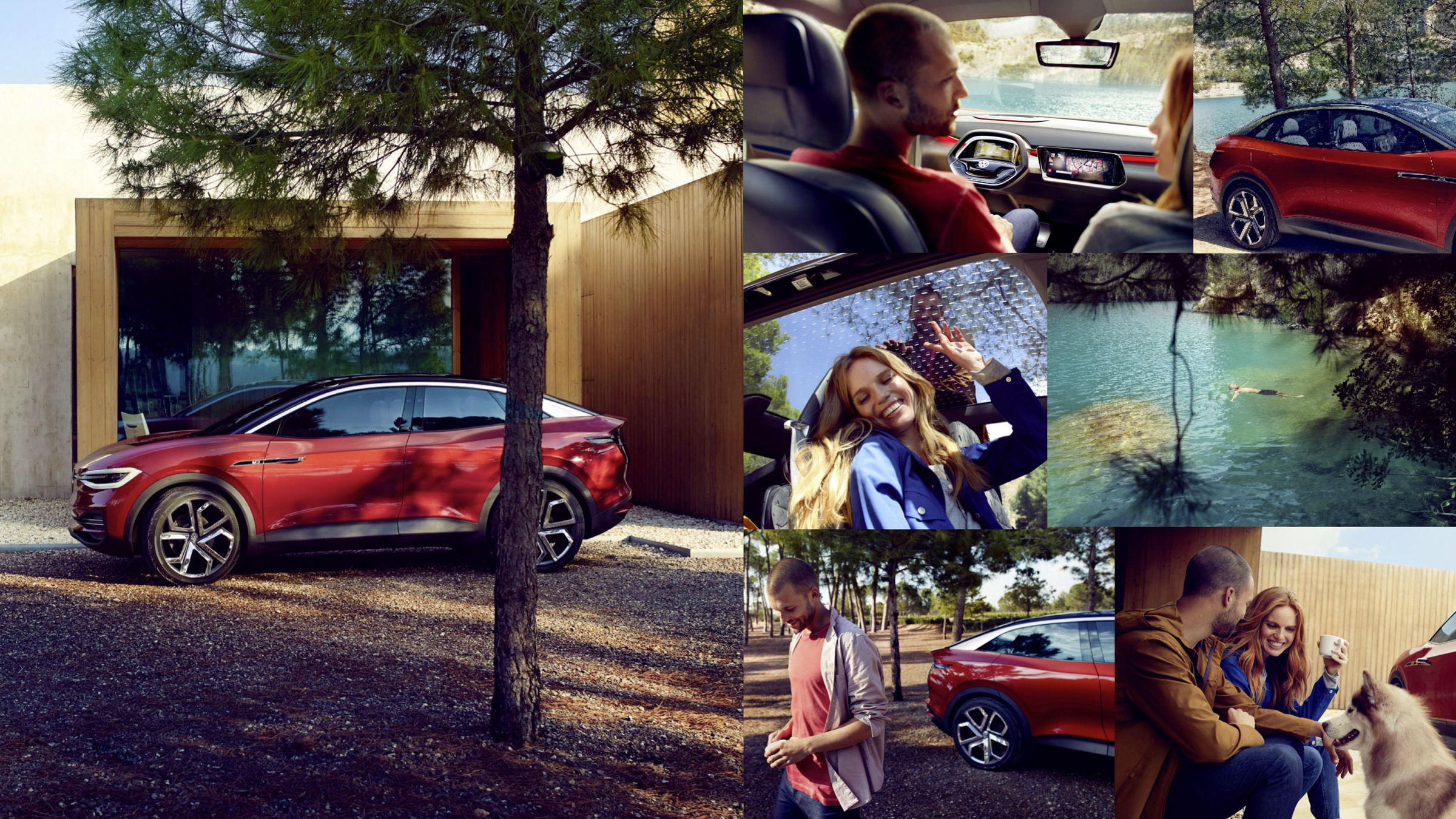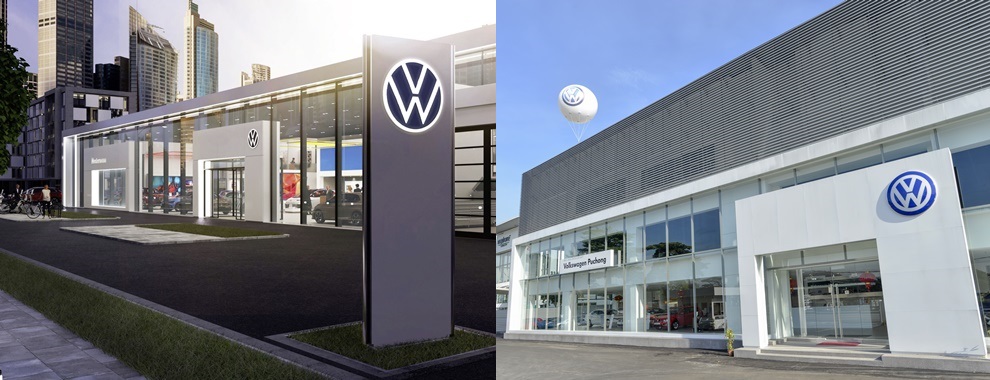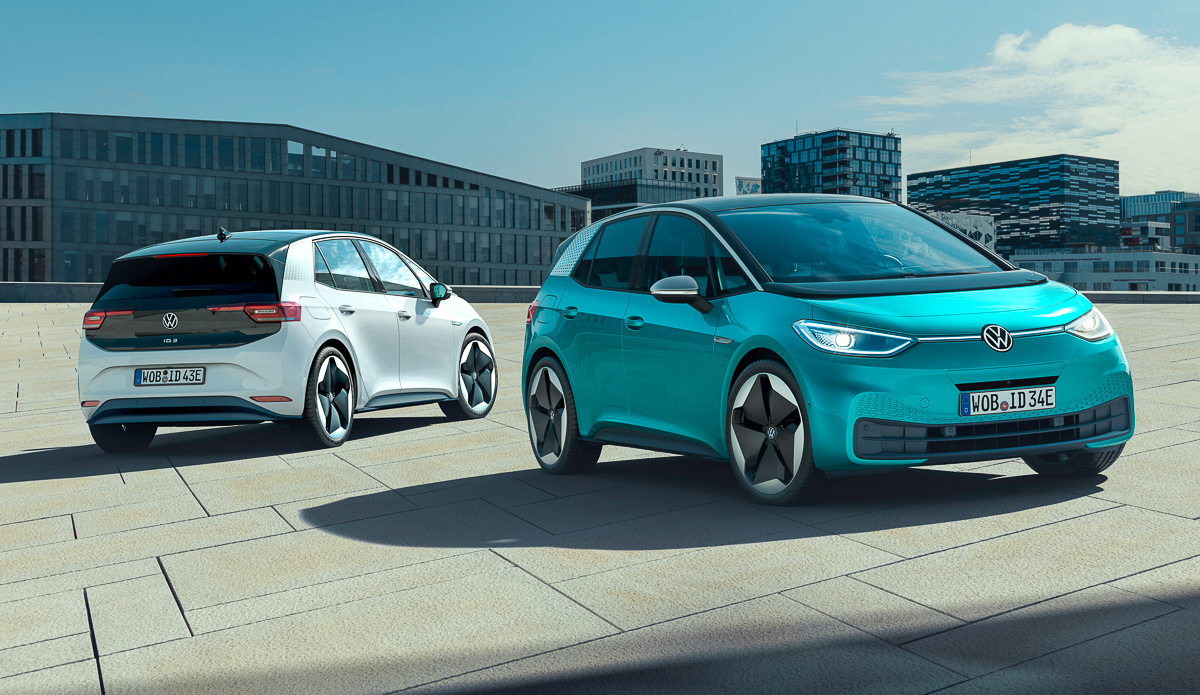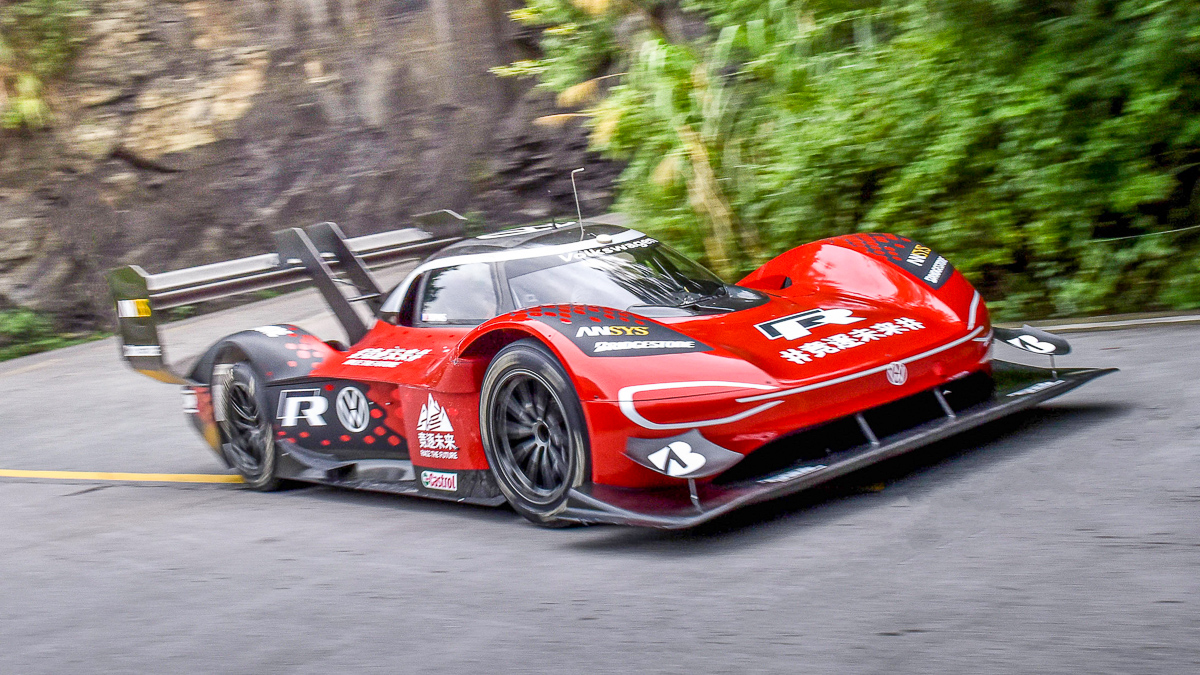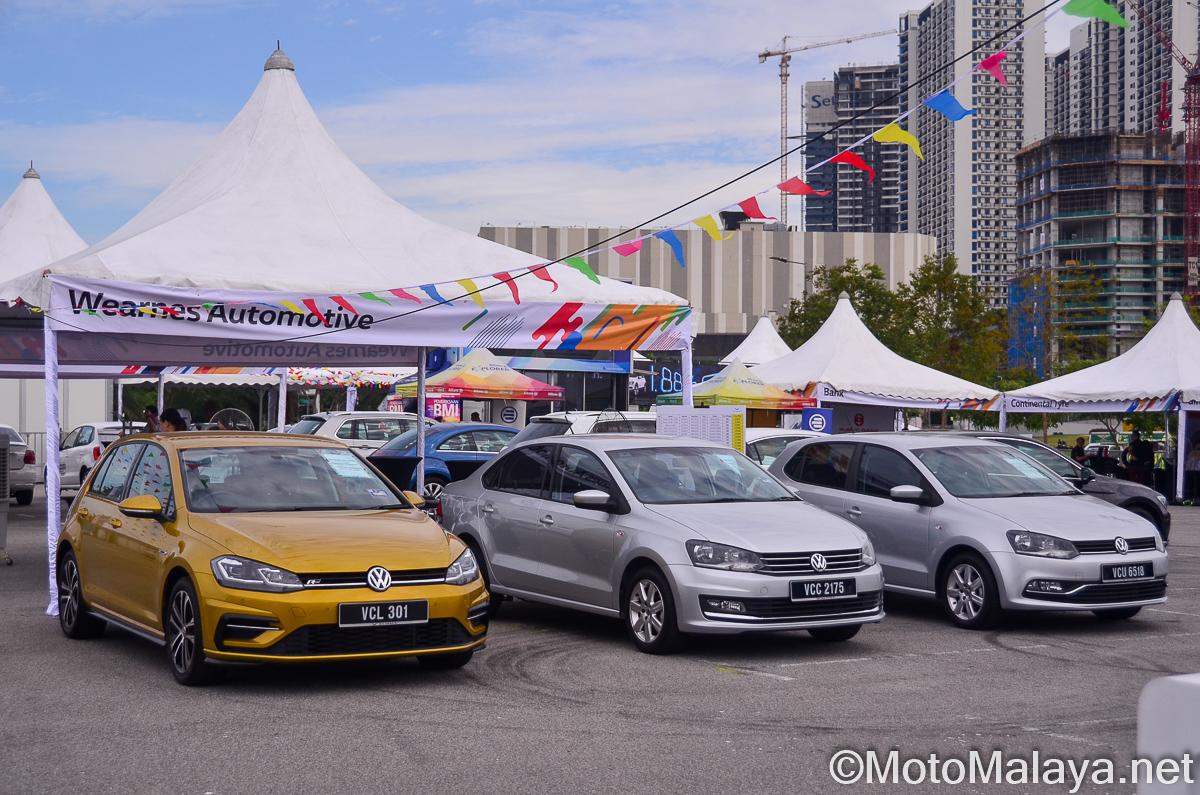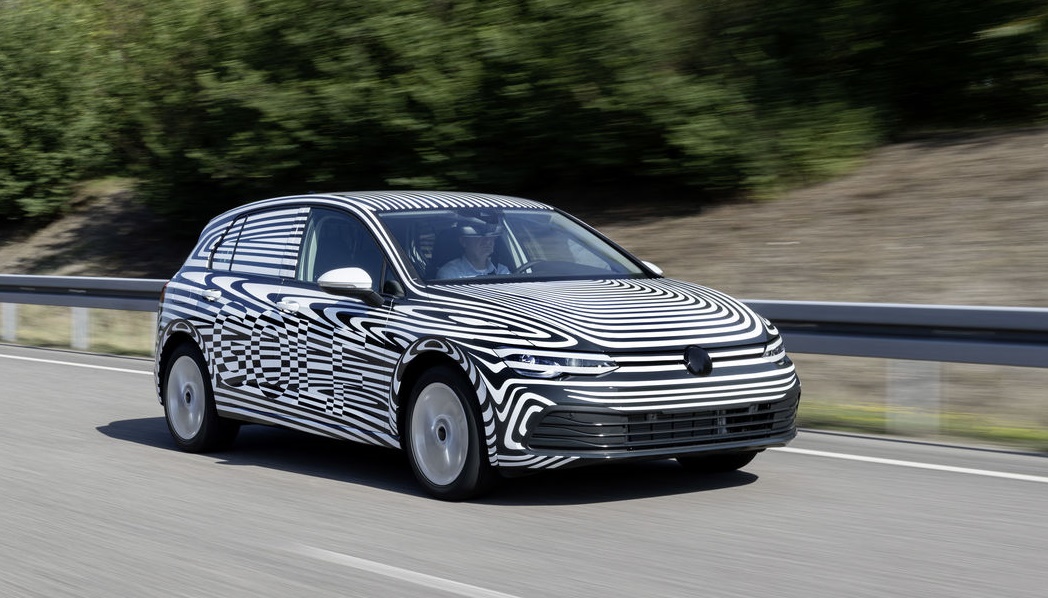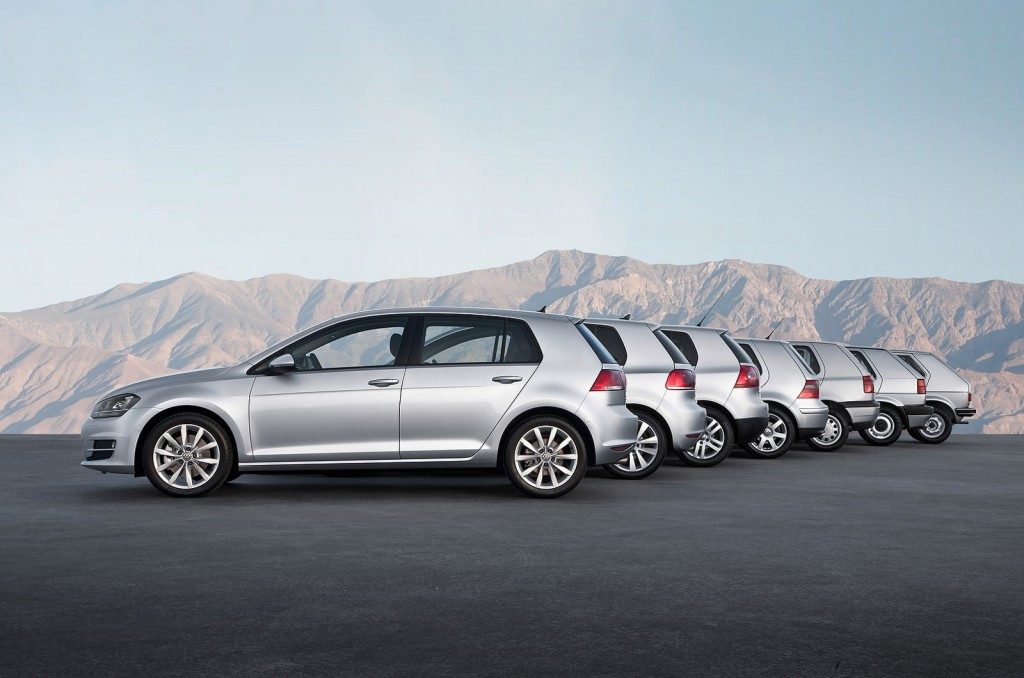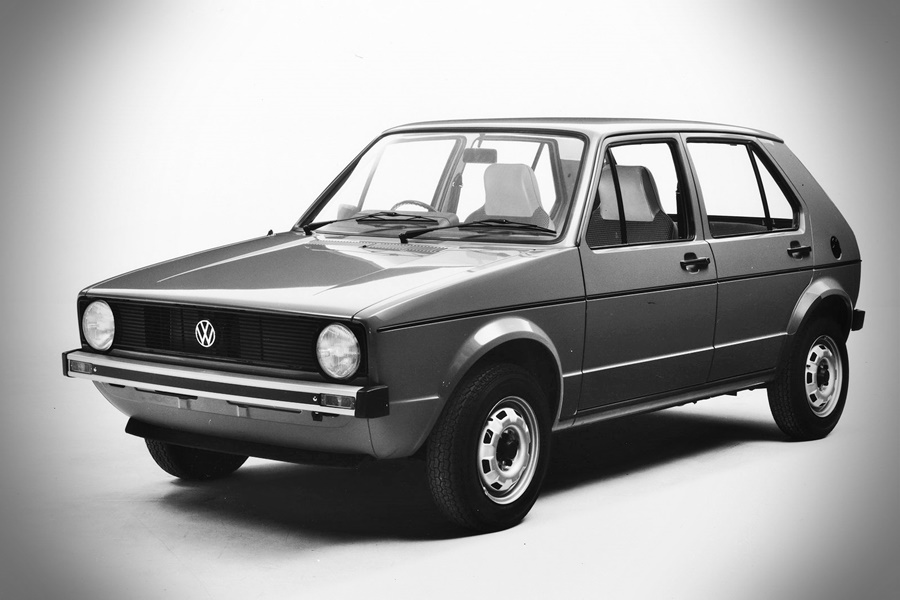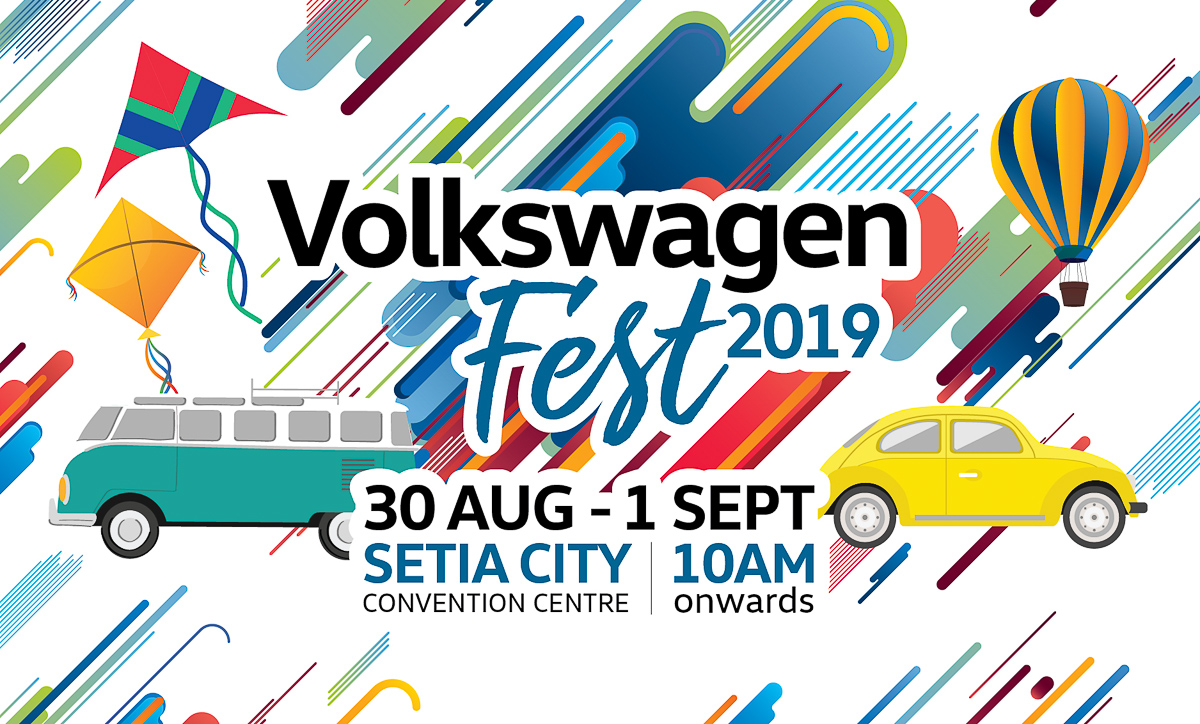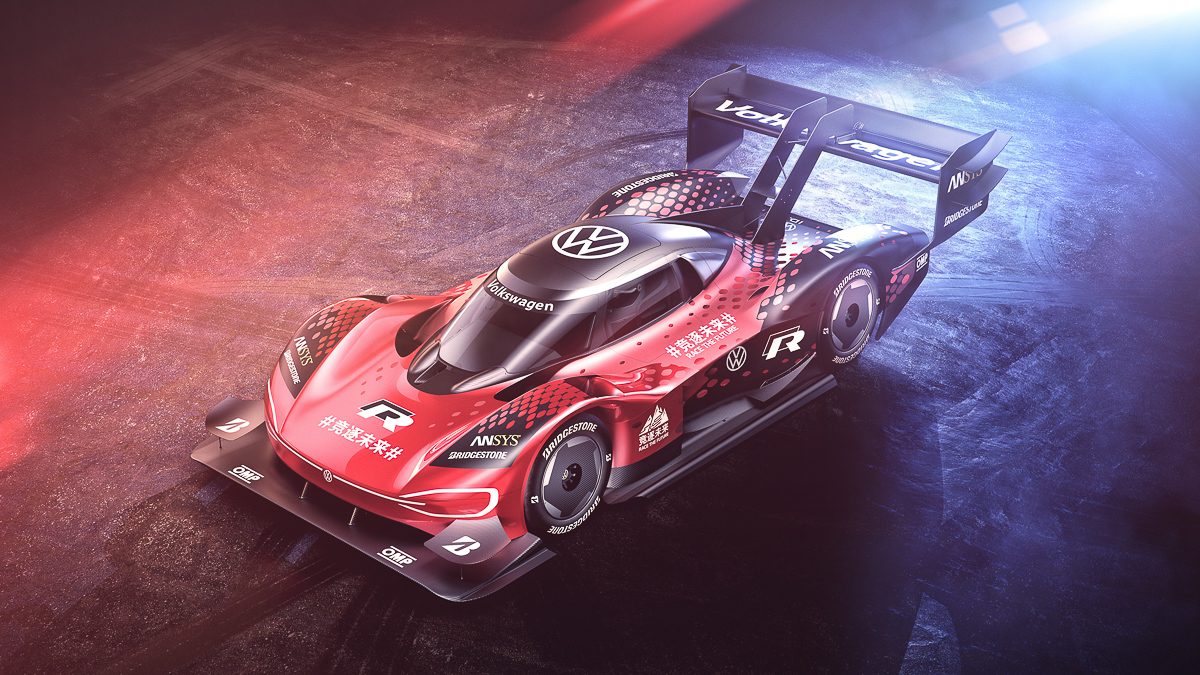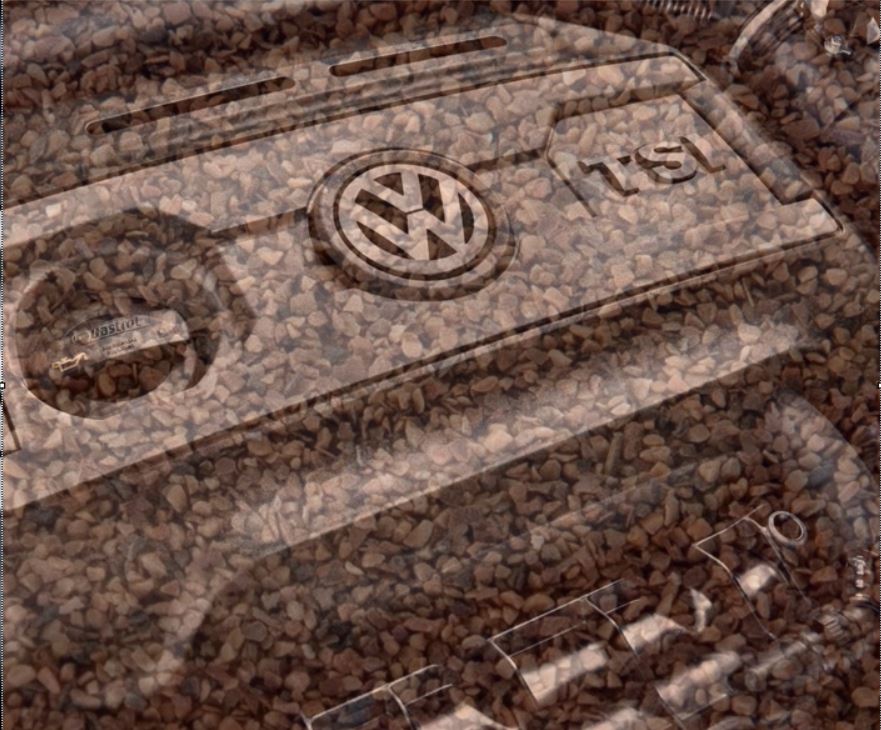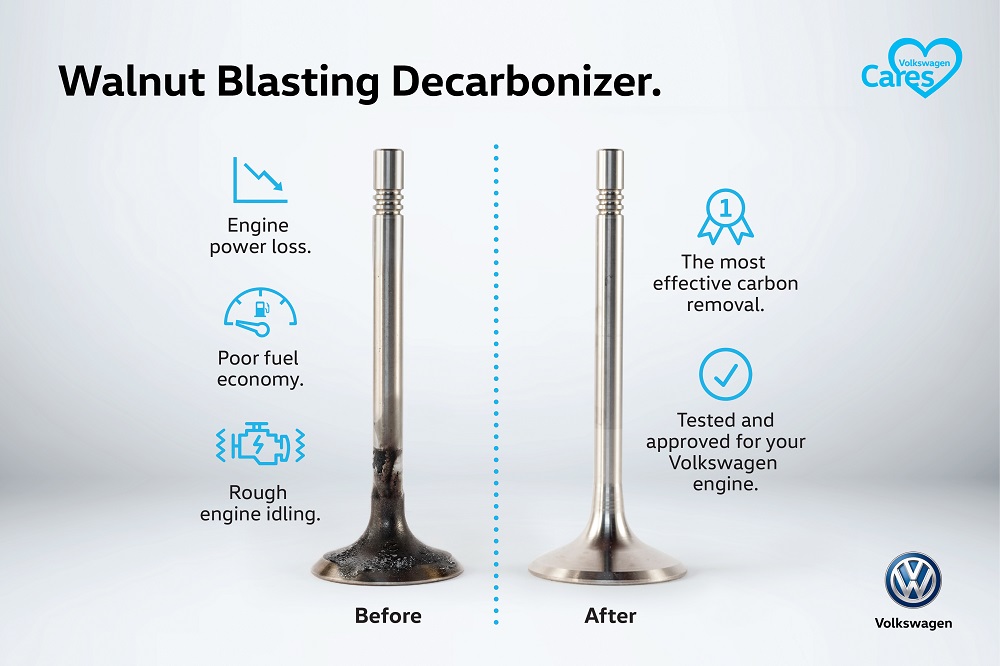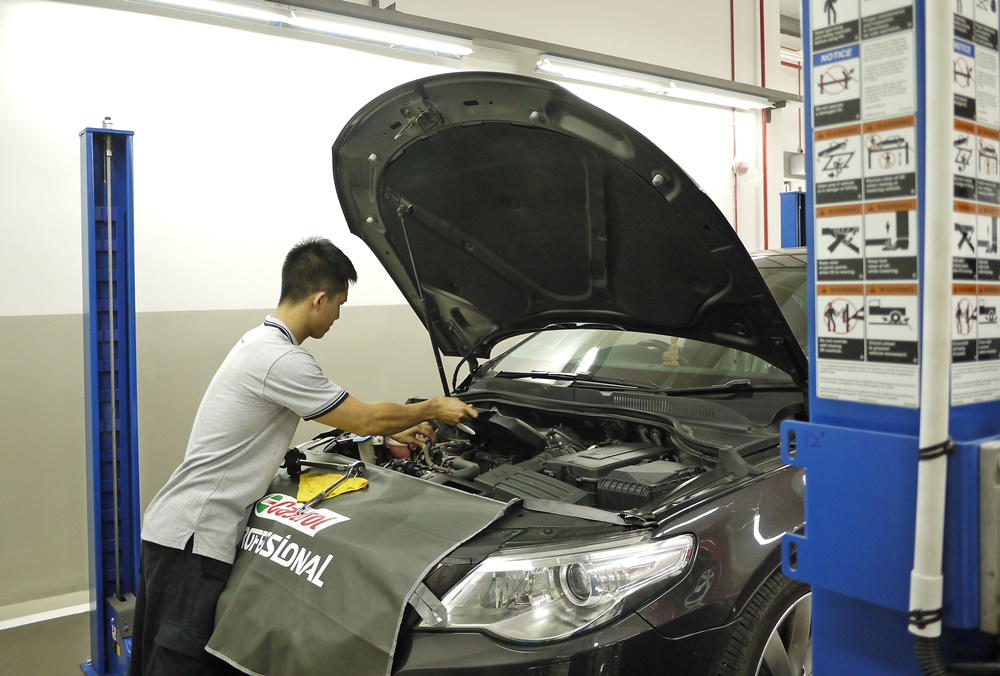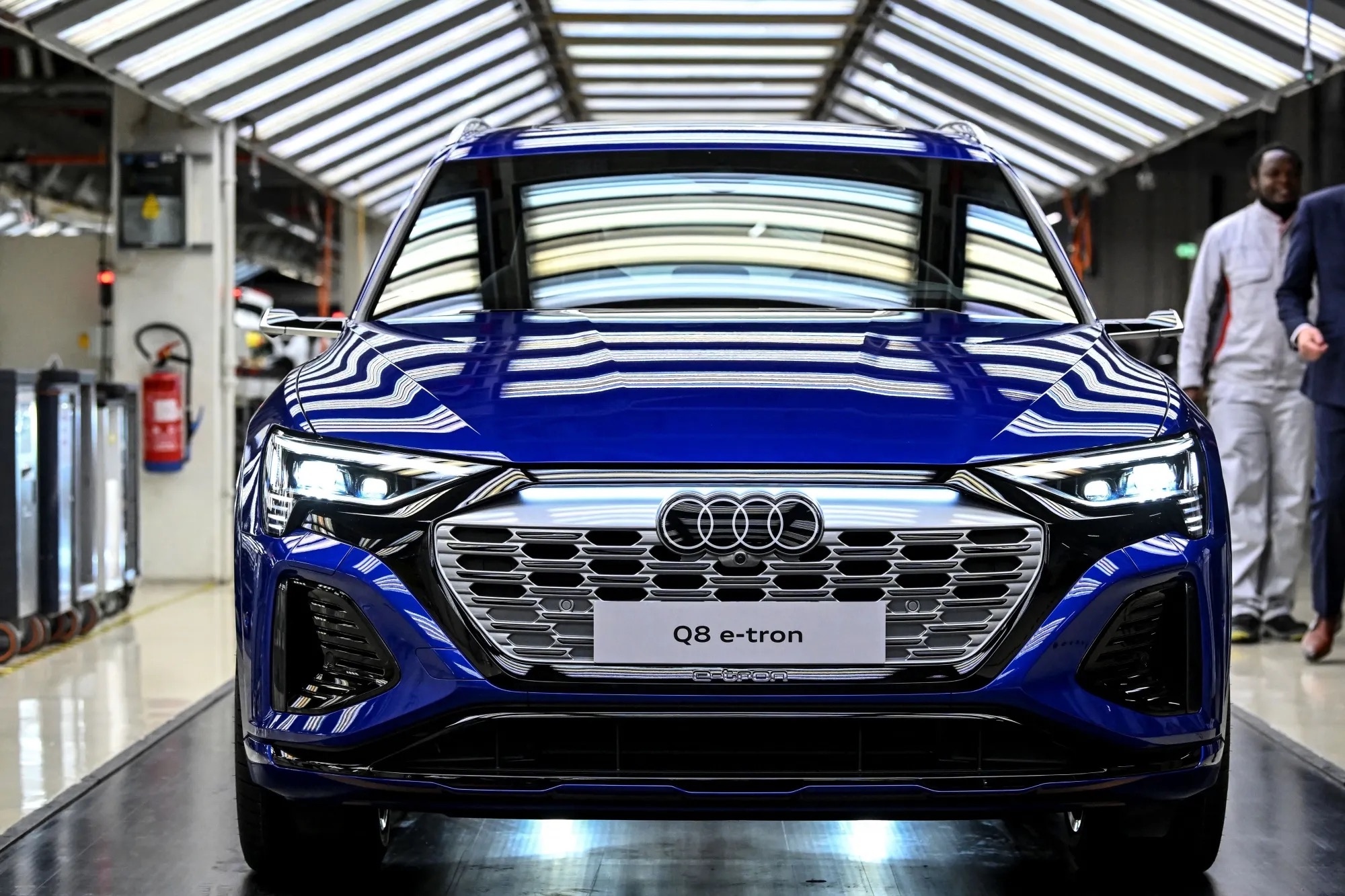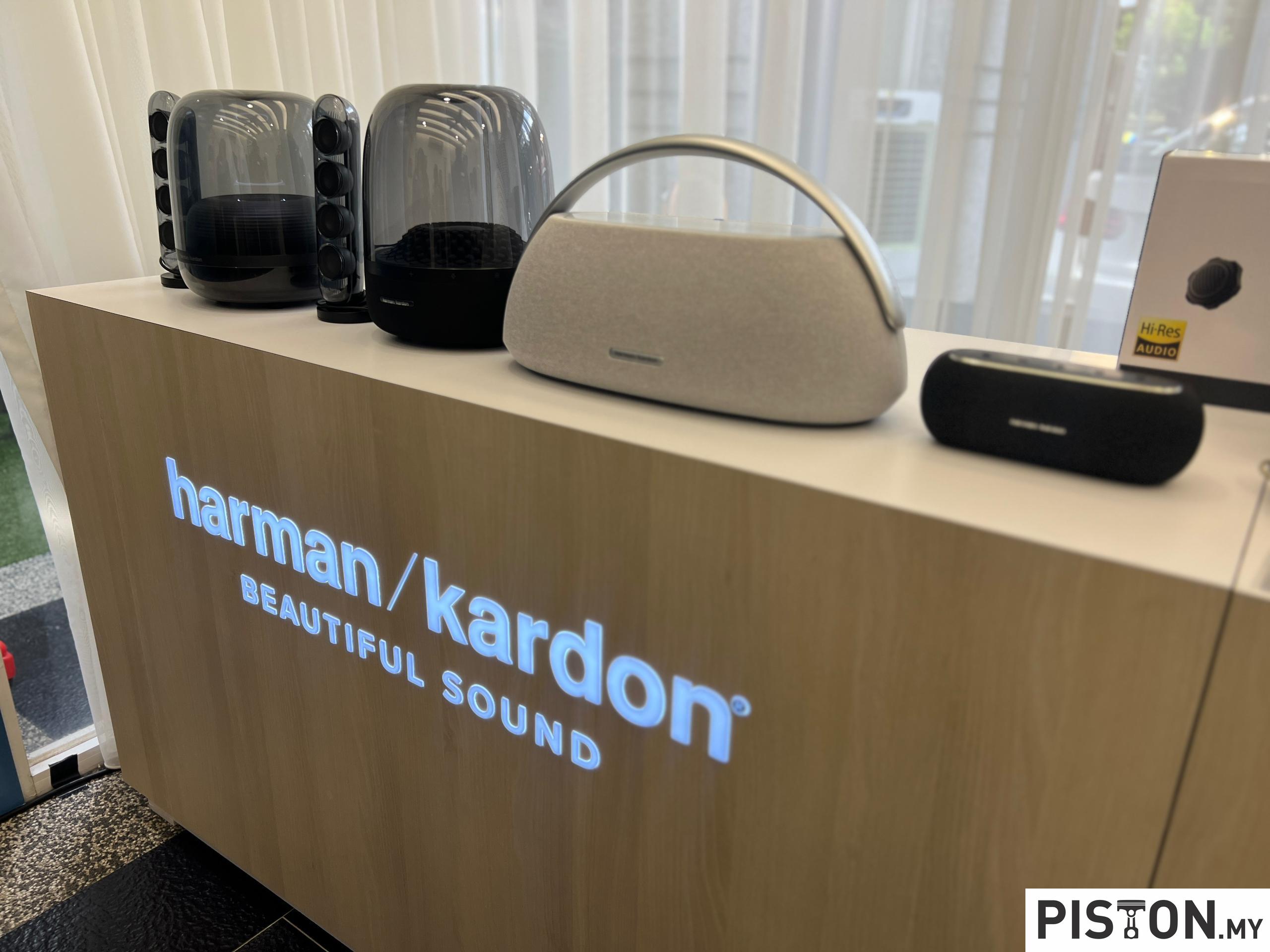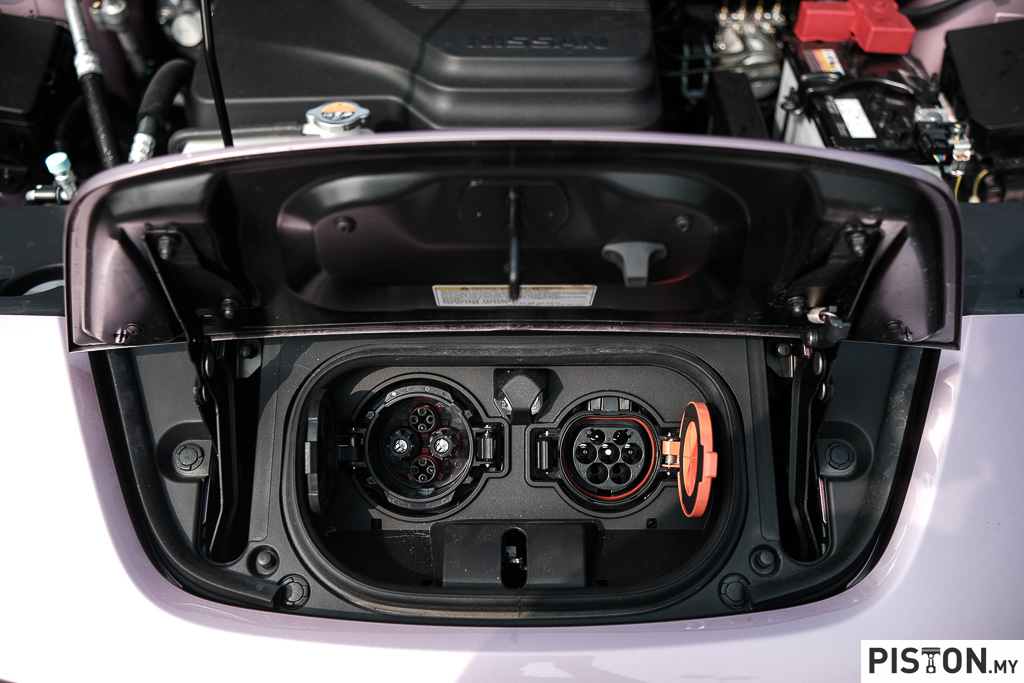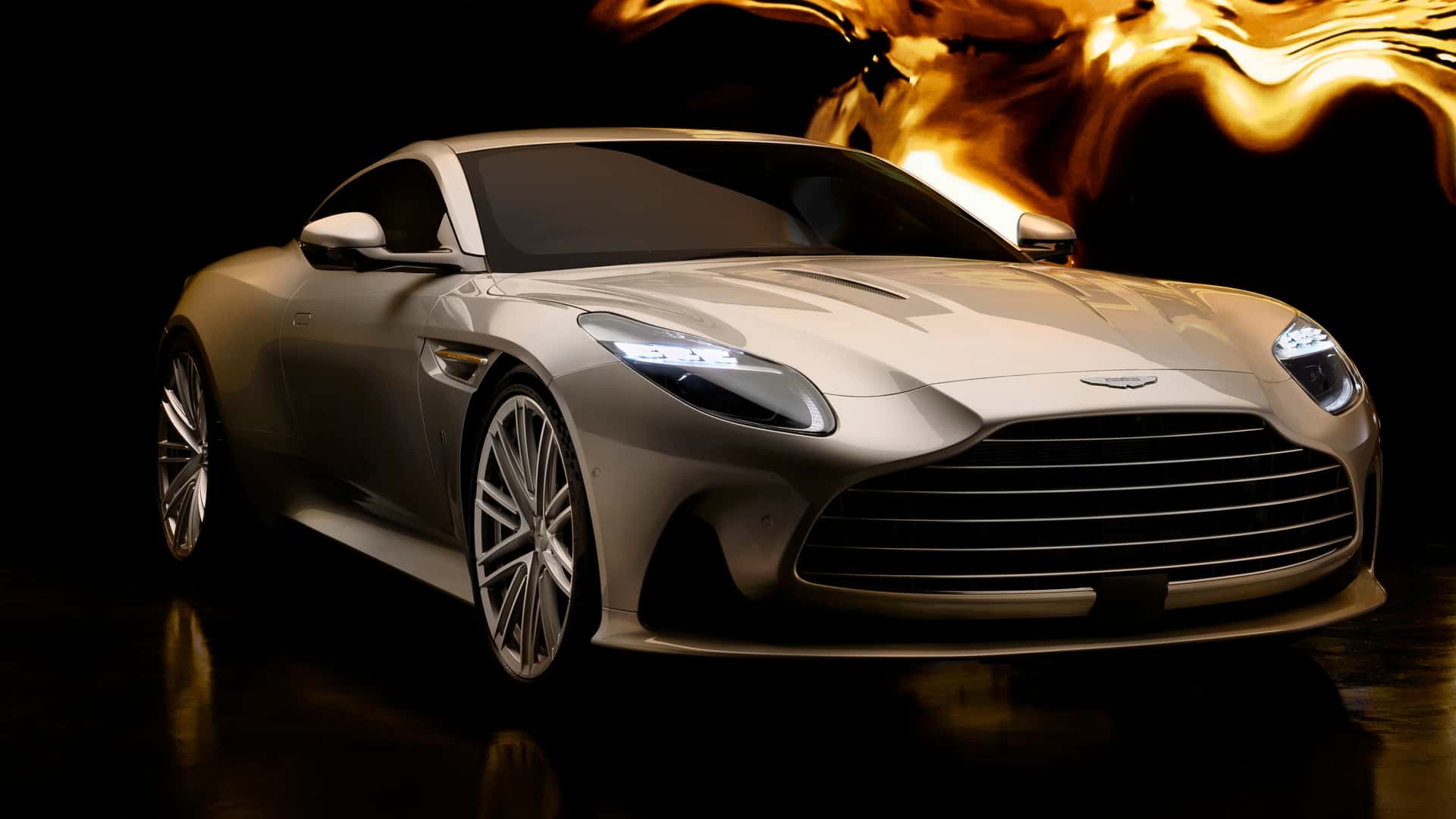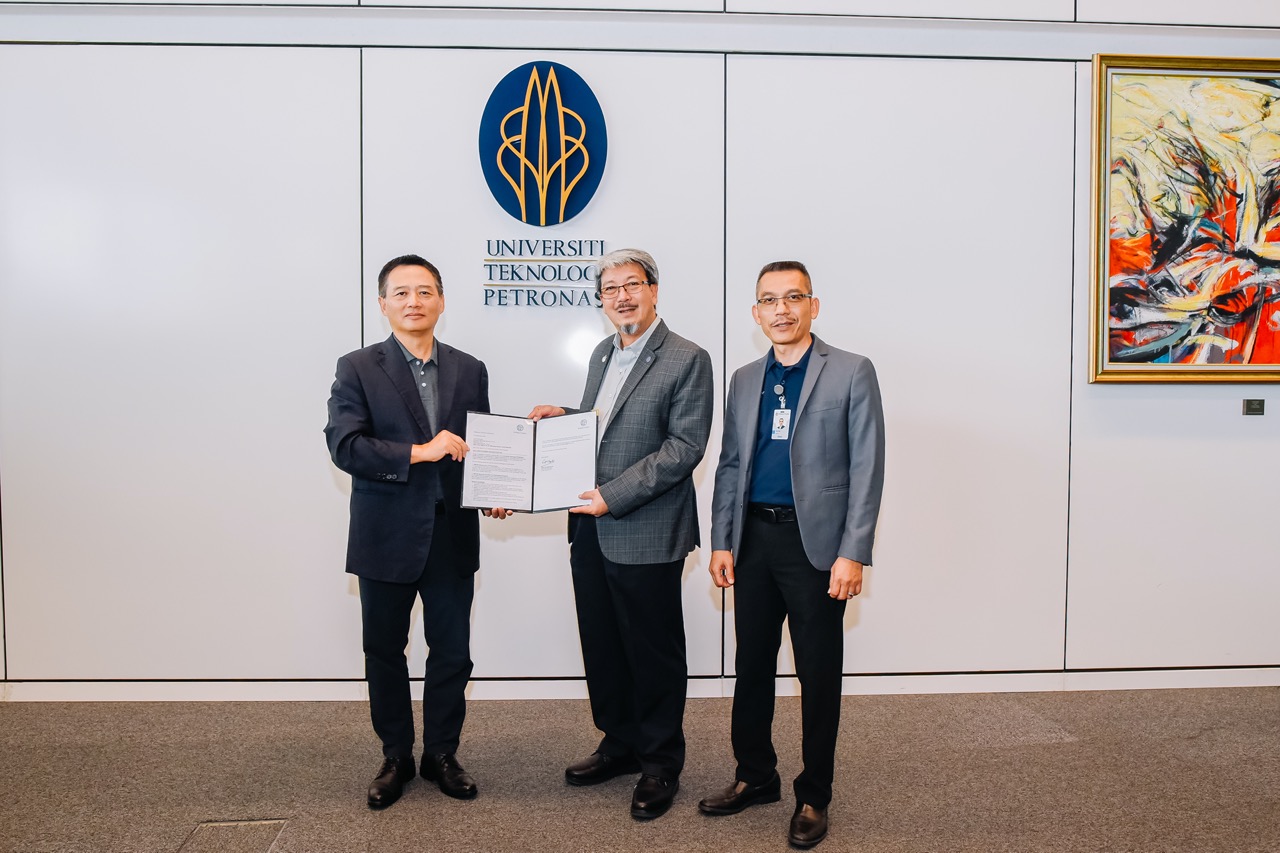The much-loved Volkswagen Beetle ceased production twice – the first time in 2003 after a 39-year run and the second time in July this year. With the second event, Volkswagen made it clear that the model line will not have a successor.
However, as with any model that is so iconic, fading into history is not going to happen easily. Even with the first and original generation, there are many units preserved by collectors which will be around for decades to come.
Electrifying the Beetle
And even at Volkswagen, a subsidiary known as Volkswagen Group Components has come up with a holistic concept for the electrification of the historic model. The conversion exclusively uses new parts they have mutually agreed on from the mass production of Volkswagen Group Components. The electric drive, the 1-speed gearbox and the battery system are based on the new VW e-up!. The conversion of the historic Beetle is being carried out by the specialist company eClassics.
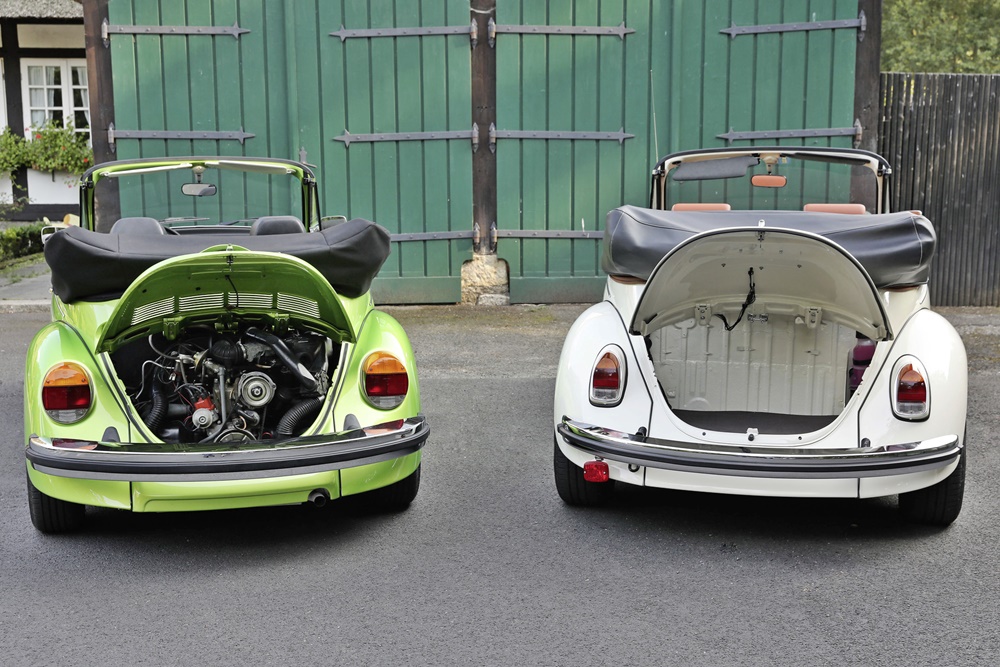
“The electrified Beetle combines the charm of our classic car with the mobility of the future. Innovative e-components from Volkswagen Group Components are under the bonnet – we work with them to electrify historically important vehicles, in what is an emotional process,” explained Thomas Schmall, Member of the Board of Management of Volkswagen Group Components. “We are also providing Beetle owners with a professional conversion solution, using production parts of the highest quality.”
New VW e-up! as technical basis
The technical basis for the conversion is provided by tested production parts from Volkswagen’s new e-up! These are manufactured at Volkswagen Group Components production sites. The components work together in the e-Beetle as an electric drive that reaches performance peaks of 60 kW/82 ps. The lithium-ion battery pack is built into the underbody and consists of up to 14 modules, each with a capacity of 2.6 kWh, cumulatively delivering energy of up to 36.8 kWh.
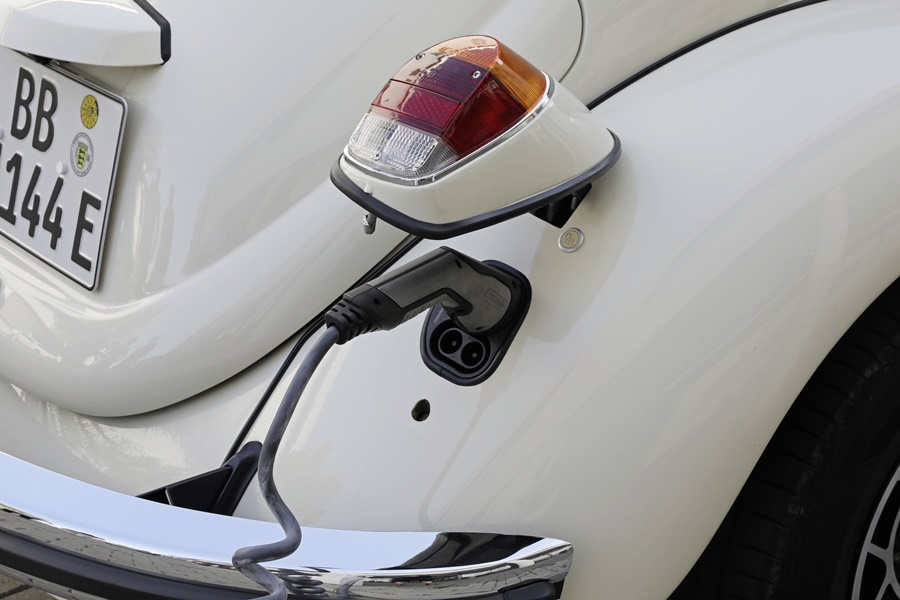
The higher performance and the increased weight due to the extent of electrification require the adaptation and reinforcement of the chassis and the brakes. Despite the new total weight of 1,280 kgs, the e-Beetle accelerates to 50 km/h in just under 4 seconds and to 80 km in just over 8 seconds.
The range of the e-Beetle, which reaches top speeds of up to 150 km/h, is 200 kms – a comfortable distance for a relaxing day out in a classic car with a ‘new heart’. In the event that the e-Beetle runs out of electricity during the trip, fast charging is possible via a combined charging system. As a result, the e-Beetle can store enough energy for a journey of over 150 kms after recharging for around an hour. That would be about the time spent at a cafe along the way.
Concept can be transferred
Based on this concept, the subsequent electrification of other historic vehicles will also be possible. We are already working together to prepare the platform for the Bus. An e-Porsche 356 could also be pursued in the future,” Mr. Schmall hinted. The use of the modular electric drive matrix (MEB) is also being considered. This creates additional opportunities regarding performance and range.
About Volkswagen Group Components
As an entrepreneurially independent business unit under the umbrella of Volkswagen AG, Volkswagen Group Components is responsible for the development and production of strategic components for the Group’s vehicle-producing brands. 80,000 employees work in over 60 plants at 47 production sites worldwide in five business areas – Engine and Foundry, Gearbox and Electric Drive, Chassis, Seats and Electric Mobility. They develop and manufacture vehicle components, shape future topics such as charging infrastructure and battery recycling – and thus make a decisive contribution to the value of the Volkswagen Group, its brands and products.
Click here for other news and articles about the Beetle in PISTON.MY





